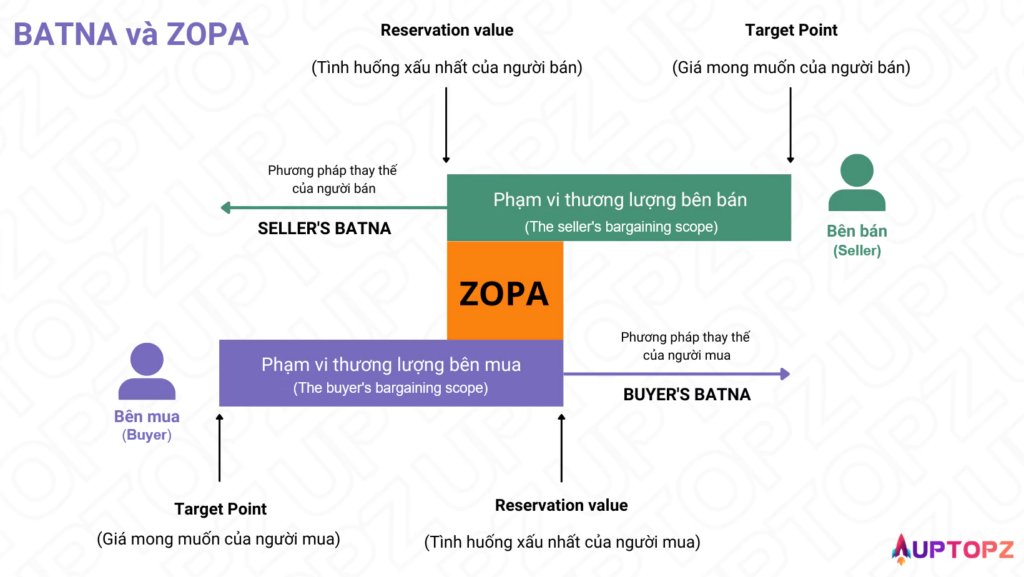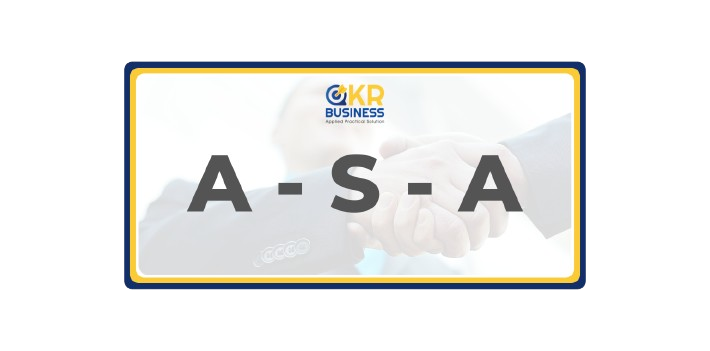Effective Strategies and Tools from Master Negotiators
In today’s business world, negotiation extends beyond simply reaching an agreement; it’s about shaping long-term relationships and building mutually beneficial value. In a professional setting, effective negotiation is an essential skill that significantly influences success in daily activities, from transactions and contracts to advocating ideas and debating perspectives.
Mastering negotiation strategies and tools empowers you to achieve objectives, optimize benefits, and foster sustainable relationships. Successful negotiators possess a deep understanding of core negotiation principles and a diverse toolkit of strategies, enabling them to adapt effectively to any situation and maximize gains. Let’s explore five common the art of negotiation strategies and three essential tools widely used in Harvard Business School’s (HBS) professional development programs, offering valuable insights for anyone striving to become a master negotiator.

Are you ready to become a master of the art of negotiation?
5 General Negotiation Strategies
Strategy 1: Lose-Win – Strategic Concessions for Long-Term Gain
While seemingly counterintuitive, the Lose-Win strategy involves making initial concessions to build trust and pave the way for long-term collaboration. By strategically relinquishing minor benefits upfront, you not only impress your counterpart but also demonstrate goodwill. Based on the psychological principle of reciprocity, your counterpart is more likely to reciprocate with favorable actions in the future.
Example: When negotiating a service contract, you might offer a discounted initial rate to incentivize a long-term agreement. This concession secures the contract and sets the stage for increased benefits through future collaboration.
Strategy 2: Win-Lose – Maximizing Gains in Competitive Situations
The Win-Lose approach is employed when one party seeks to maximize their gains, even at the expense of the other party. While potentially yielding immediate benefits, this aggressive strategy risks jeopardizing long-term relationships. However, it can be effective in situations where securing a win is crucial to maintain a position or uphold organizational interests. Skilled negotiators use this strategy judiciously.
Example: In a partnership negotiation, your counterpart demands significant concessions. Recognizing the potential harm to your organization’s reputation or existing partnerships, you firmly hold your ground and emphasize the value of long-term collaboration, even if it means walking away from the negotiation.

Adapting strategies flexibly is the key to success in the art of negotiation
Strategy 3: Compromise – Finding Middle Ground for Mutual Satisfaction
Compromise involves both parties making concessions to reach a mutually acceptable agreement. This approach facilitates swift resolutions and minimizes conflict, ensuring both sides feel reasonably satisfied. Master negotiators utilize compromise strategically to preserve relationships and avoid dissatisfaction.
Example: In a real estate negotiation, the buyer and seller might agree on a price that falls between their initial expectations.
Strategy 4: Lose-Lose – A Strategic Reset for Future Opportunities
Lose-Lose is a unique negotiation strategy that arises when neither party achieves their desired outcome. While seemingly negative, it can strategically redefine the relationship and reset expectations. When negotiations reach an impasse due to conflicting interests, a Lose-Lose scenario can create a pause, allowing for a potential restructuring of the collaboration later.
Example: Vietnam’s years-long pursuit of meeting EU export standards, despite encountering numerous setbacks, ultimately led to comprehensive improvements in product quality and systems, enhancing long-term value.

Stay remain calm and objective during negotiations
Strategy 5: Win-Win – The Ideal Outcome of Mutual Benefit
Win-Win is the most desirable outcome, where both parties feel satisfied and achieve a sense of joint victory. Master negotiators skillfully navigate this strategy through careful consideration, open communication, and collaborative problem-solving. The focus shifts towards creating new solutions that accommodate the interests of all parties involved.
Example: Two companies intend to launch a similar product. Instead of competing, they collaborate, pooling resources and expertise to co-develop and market the product. This Win-Win strategy allows each company to contribute based on their strengths and share the benefits based on the outcome.
3 Essential Tools for Effective Negotiation
In professional negotiations, BATNA, ZOPA, and Objective Standards are fundamental tools that help negotiators secure optimal agreements while maintaining positive relationships. The HBS negotiation method emphasizes achieving win-win outcomes, optimizing benefits for both sides, and building trust.

The correlation model between BATNA and ZOPA in the art of negotiation
Tool 1: BATNA (Best Alternative to a Negotiated Agreement)
BATNA involves identifying and preparing your best alternative if the negotiation fails. A strong BATNA empowers you to protect your interests and avoid unfavorable terms. This requires proactively seeking, evaluating, and critically analyzing alternative options before and during the negotiation.
A robust BATNA not only strengthens your position but also maintains your independence and flexibility in decision-making. Continuously improving your BATNA provides a strategic advantage, enabling you to effectively respond to any shifts in the negotiation.
Example: In a real estate negotiation, if the offered price doesn’t meet your expectations, your BATNA might be exploring other properties within your budget or temporarily renting while continuing your search.
Tool 2: ZOPA (Zone of Possible Agreement)
ZOPA defines the range of possible outcomes acceptable to both parties. Identifying the ZOPA prevents wasting time on unrealistic demands and focuses the negotiation on practical, mutually agreeable proposals, minimizing conflict arising from significant expectation gaps.
To determine the ZOPA, each party must understand their own limits and the other party’s expectations. Techniques like open-ended questions and active listening help uncover common ground and establish a mutually beneficial zone of agreement. By defining the ZOPA, negotiators can develop flexible strategies, enhance collaboration, and optimize negotiation outcomes.
Example: If your maximum price for a car is $12,000, and the seller’s minimum acceptable price is $10,000, the ZOPA lies between $10,000 and $12,000 – the ideal range for reaching an agreement.

Negotiations become much easier when both parties have the same frame of reference and value system
Tool 3: Objective Standards
Objective standards are fair, transparent, and often publicly available metrics that minimize emotional biases and unnecessary disputes. In negotiation, using objective standards provides a common frame of reference, builds trust, and fosters positive collaboration.
Identify and apply objective standards such as market prices, legal data, or industry benchmarks to establish a solid foundation for negotiation. Ensure both parties agree on these standards before delving into detailed discussions. Applying objective standards not only reduces conflict but also adds certainty and sustainability to the agreement.
Example: When negotiating salary, industry benchmarks provide a reference point for both the employee and employer, facilitating a fair agreement acceptable to both parties.

The ultimate goal of the art of negotiation is to achieve a mutually beneficial outcome
The art of negotiation demands thorough preparation and adaptability. Separating the people from the problem, managing emotions, focusing on interests rather than positions, and embracing creative problem-solving are hallmarks of master negotiators.
By strategically utilizing BATNA, ZOPA, and Objective Standards, negotiators can achieve favorable agreements and cultivate lasting relationships. BATNA safeguards your interests, ZOPA optimizes efficiency and increases the likelihood of agreement, while Objective Standards ensure transparency and fairness. Combined with the Lose-Win, Win-Lose, Compromise, Lose-Lose, and Win-Win strategies, you can achieve both immediate goals and build enduring partnerships.




